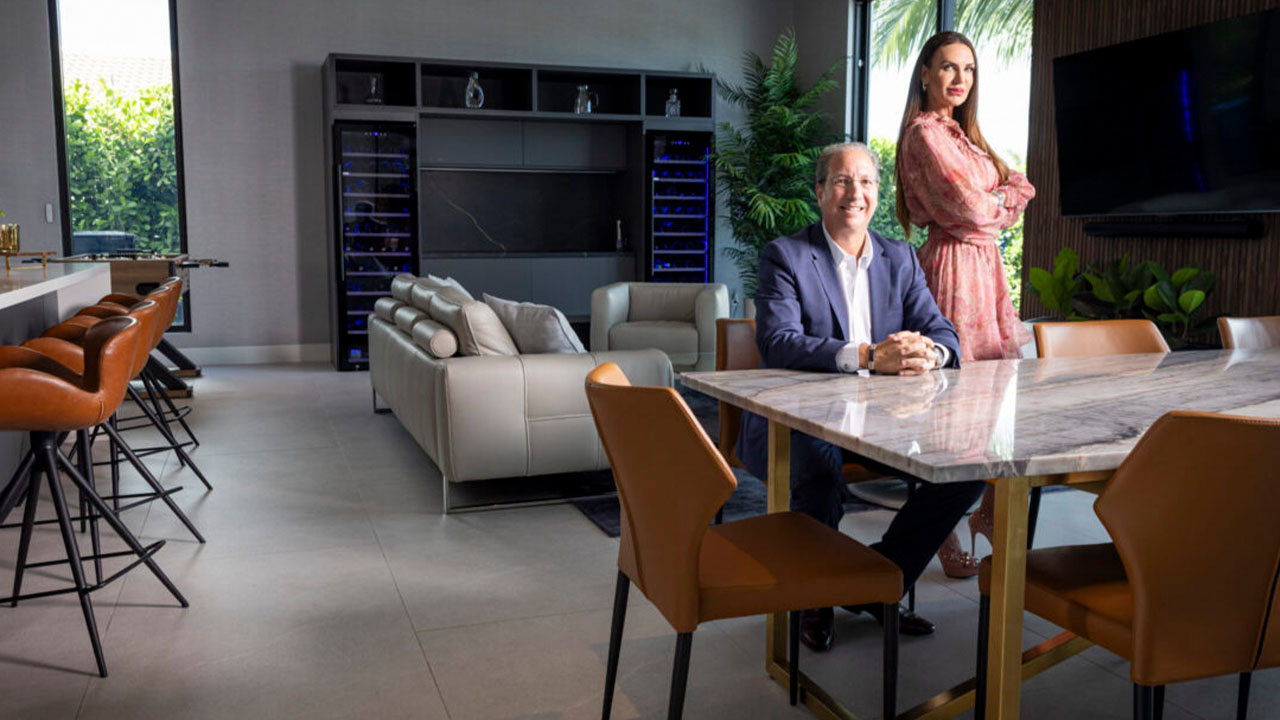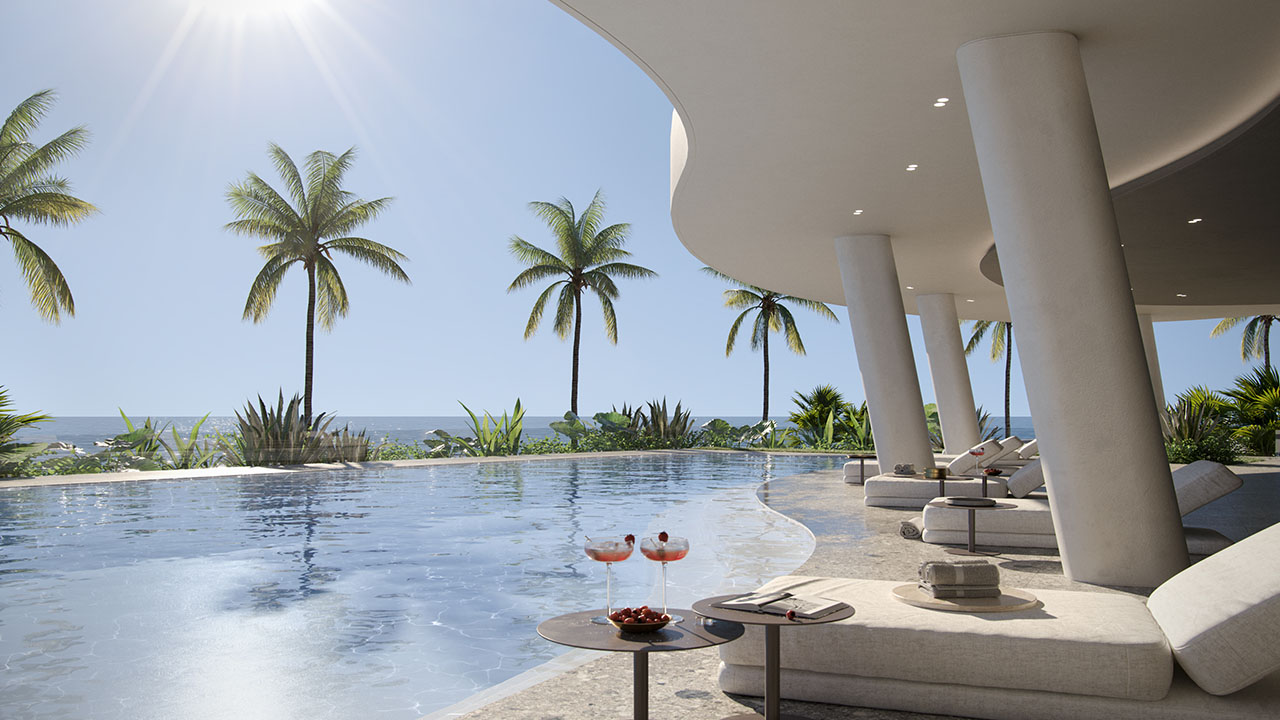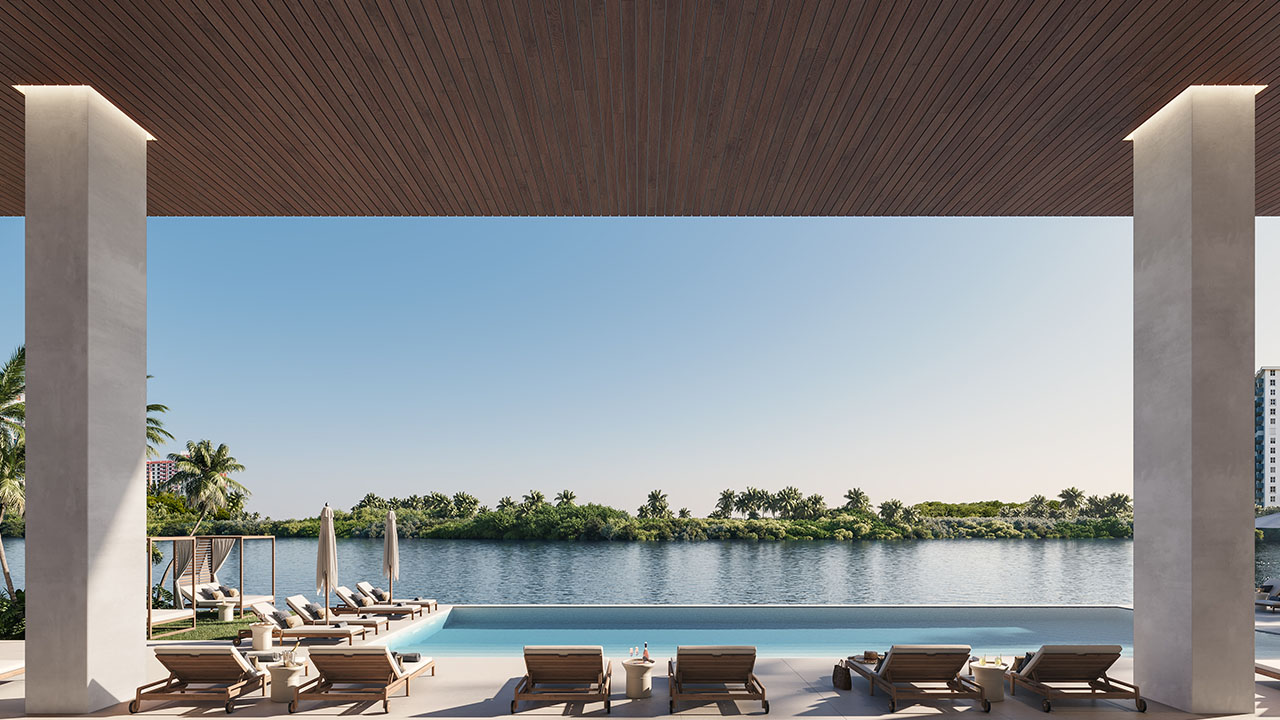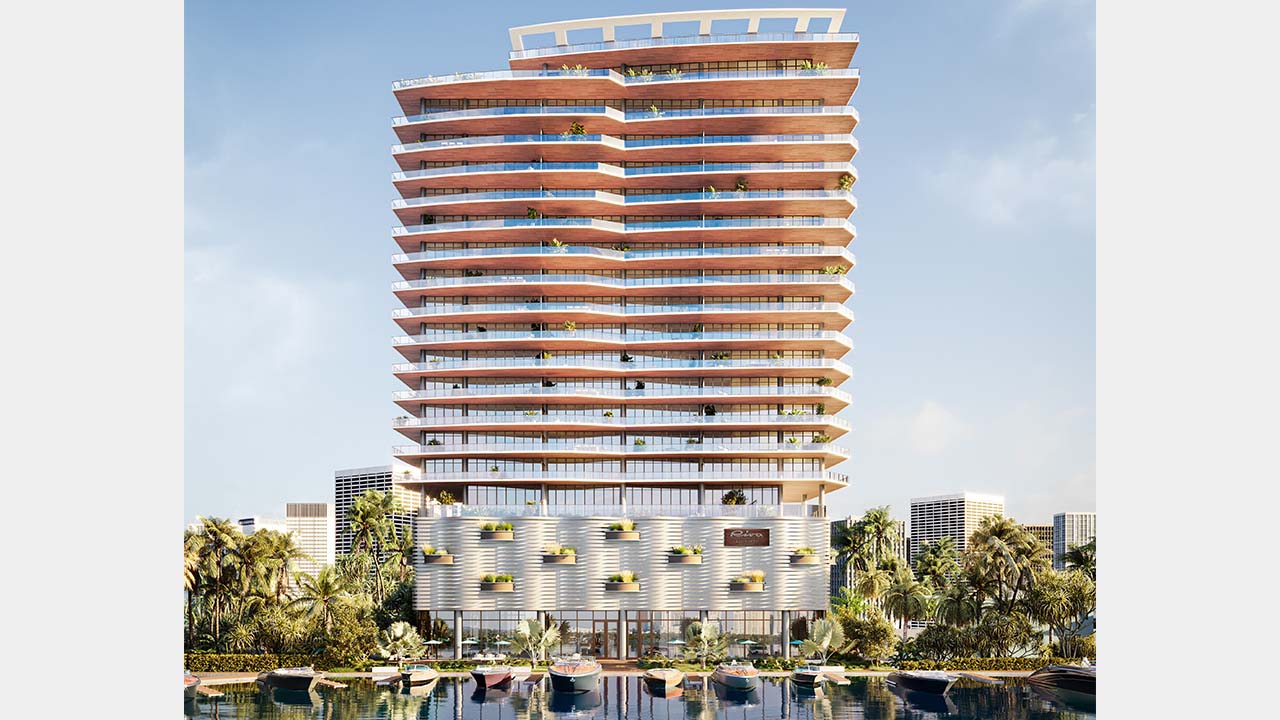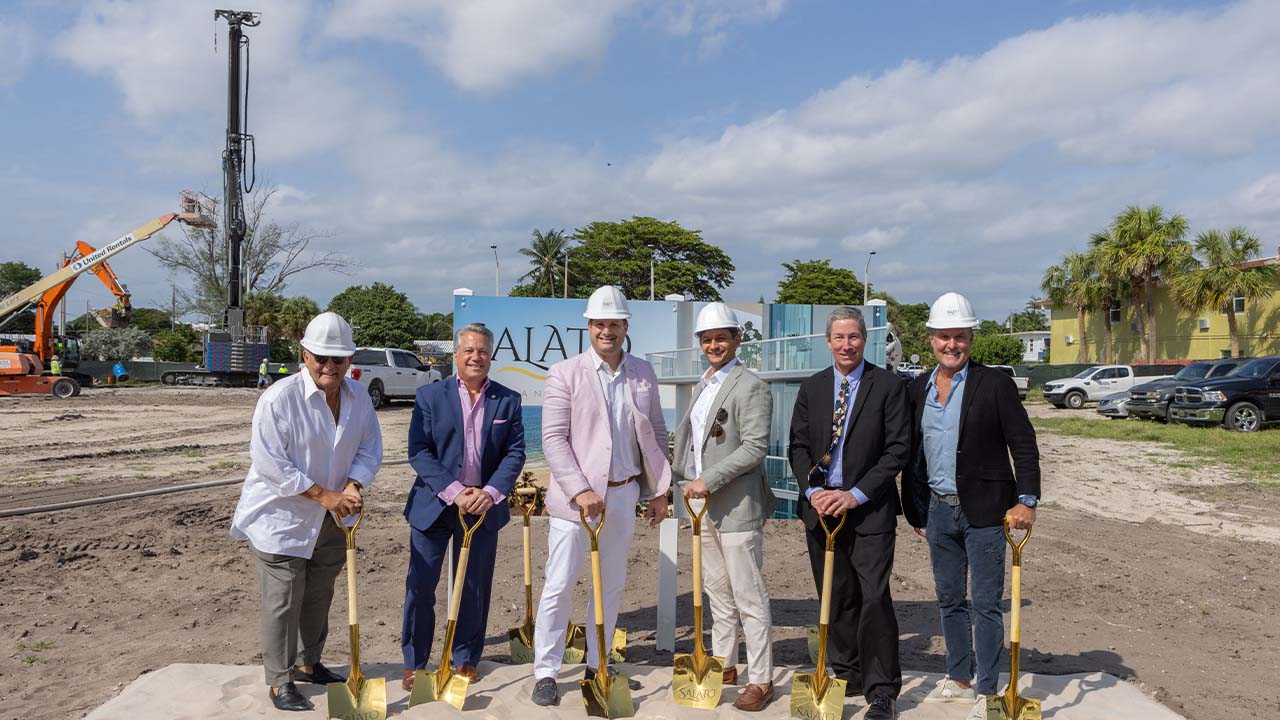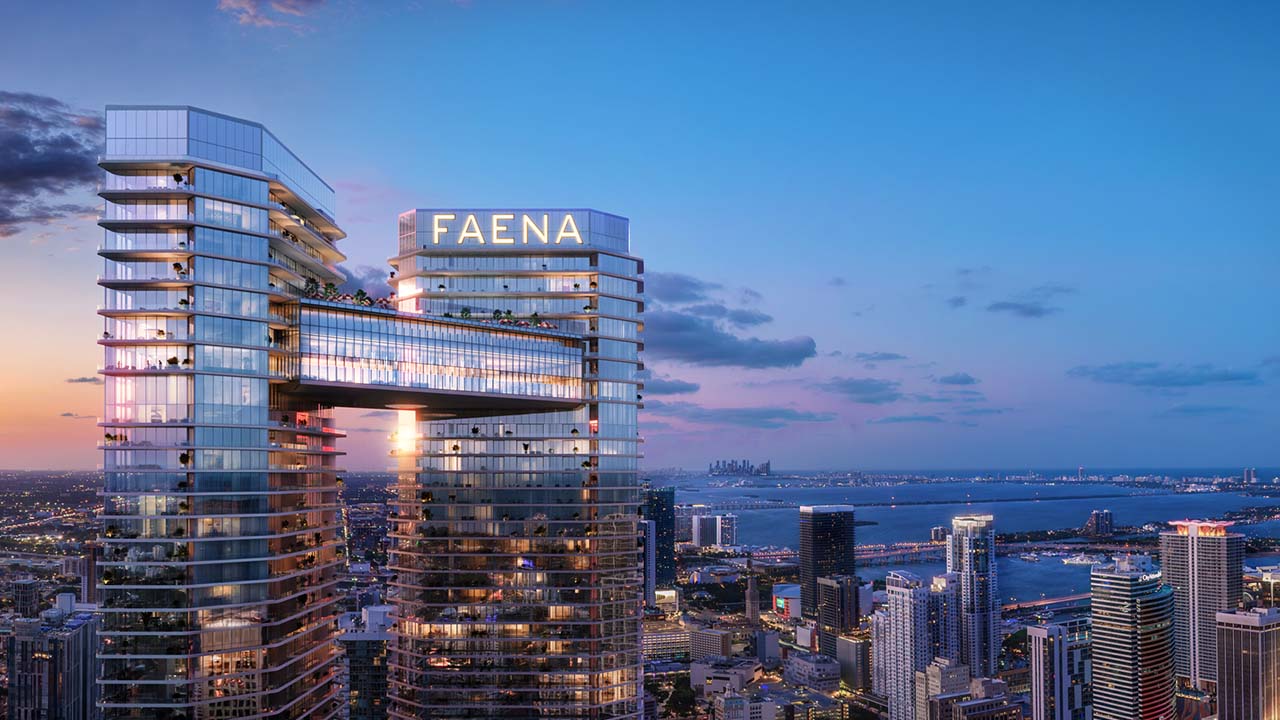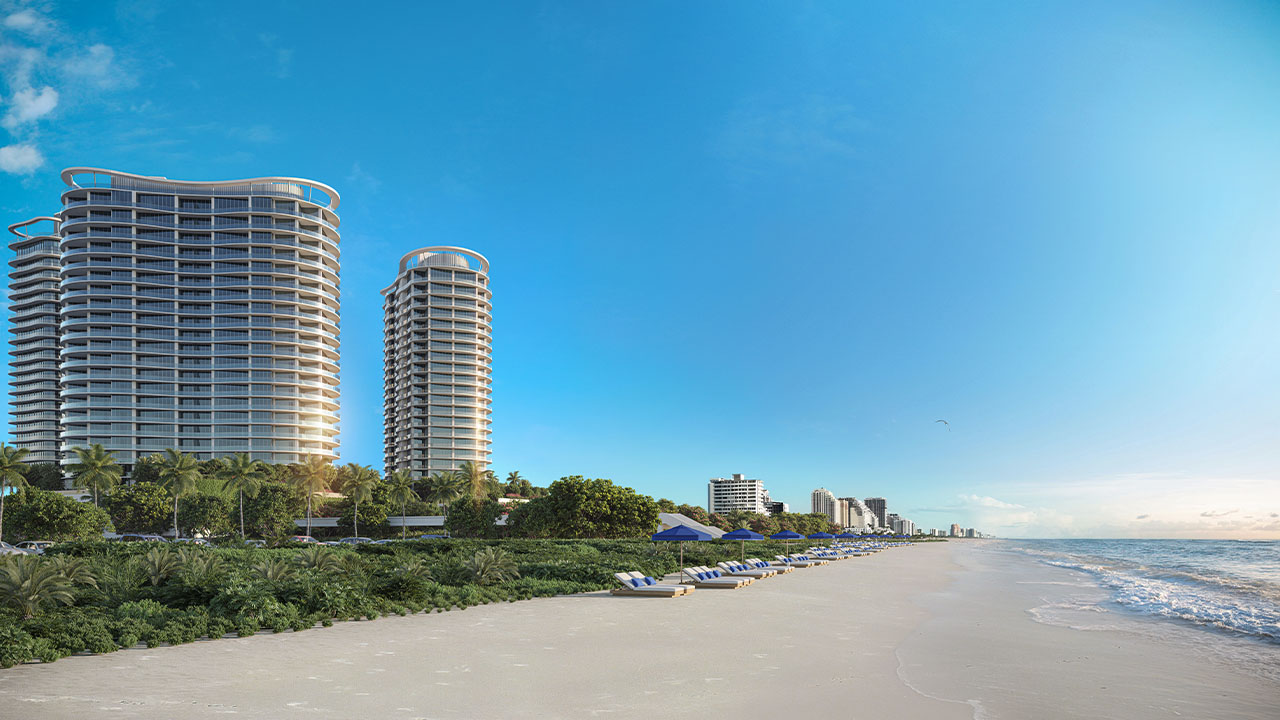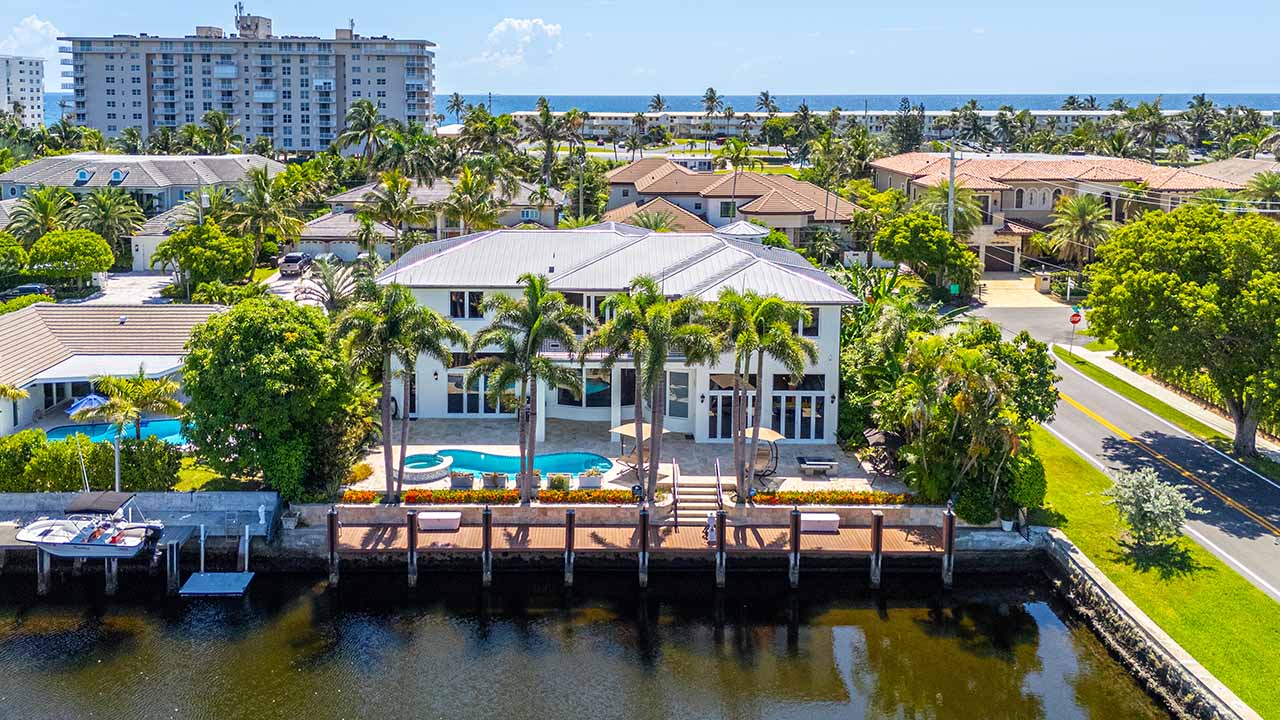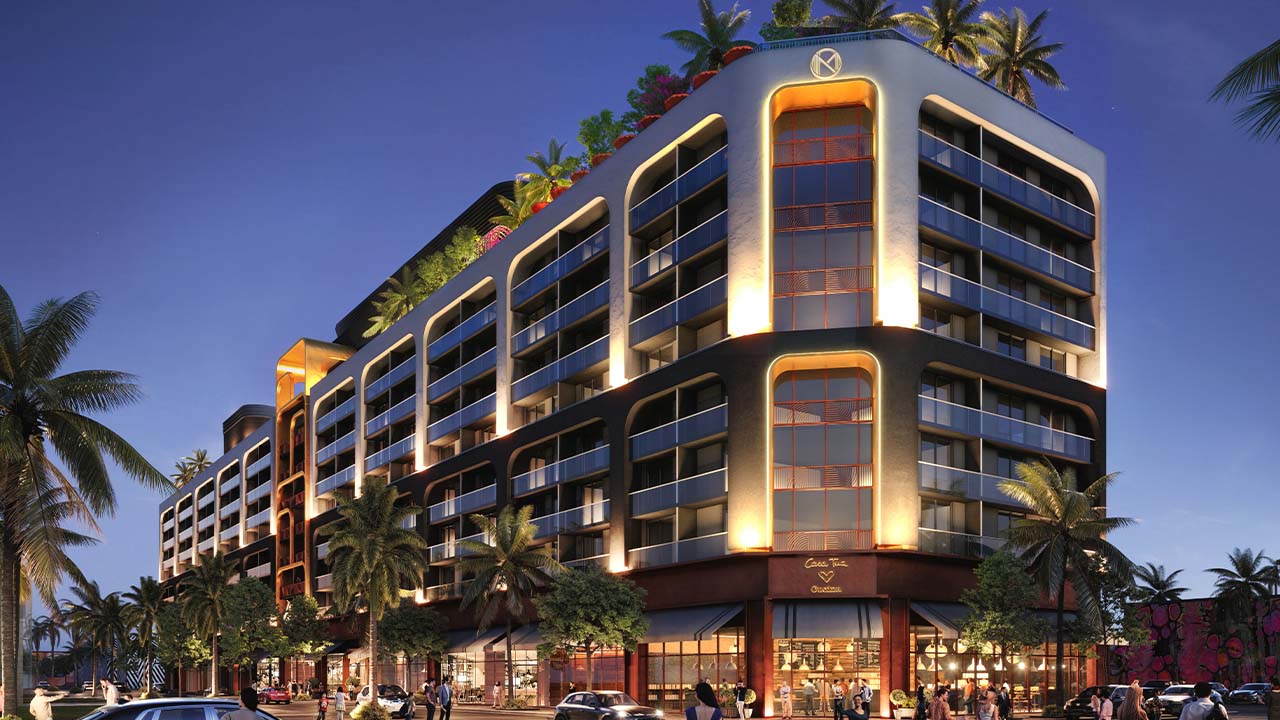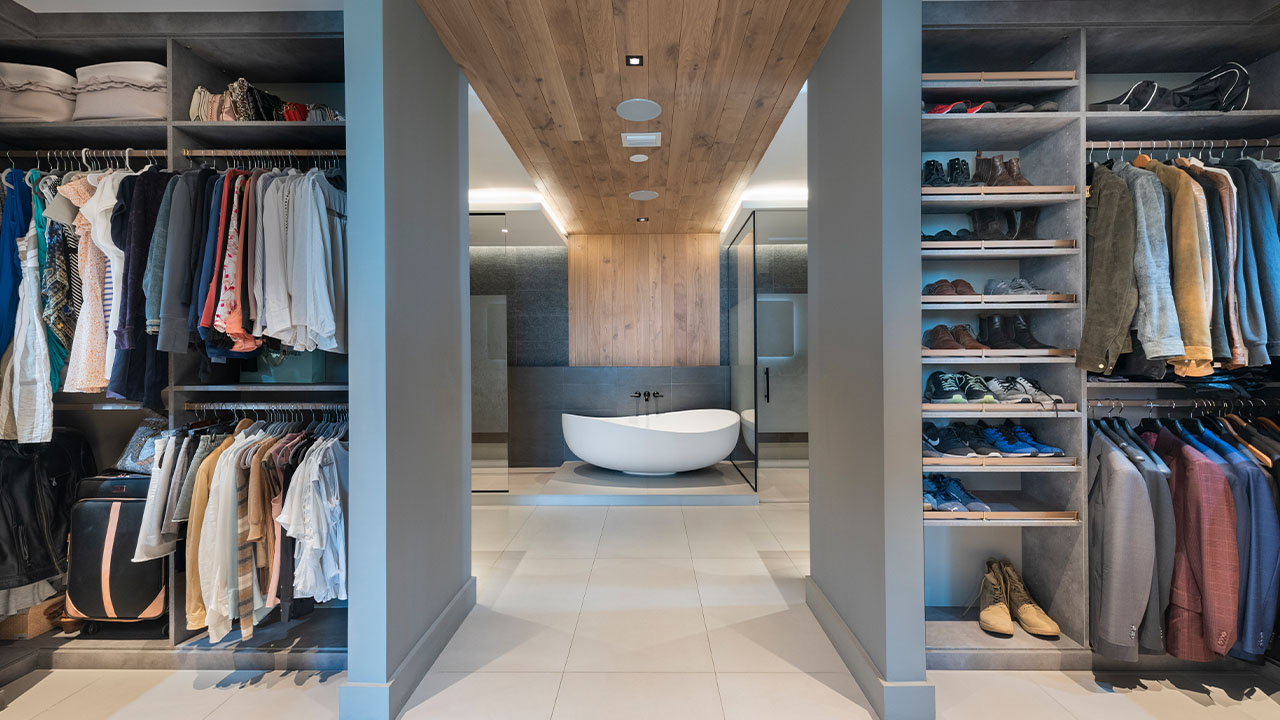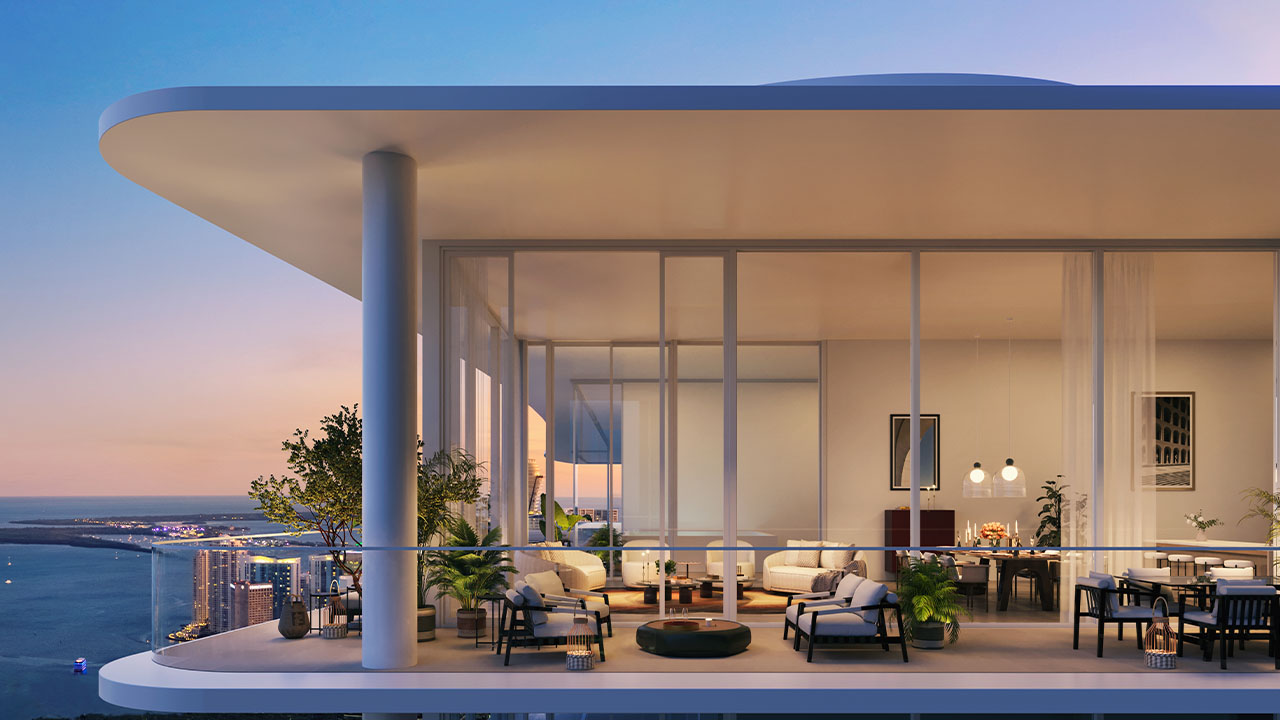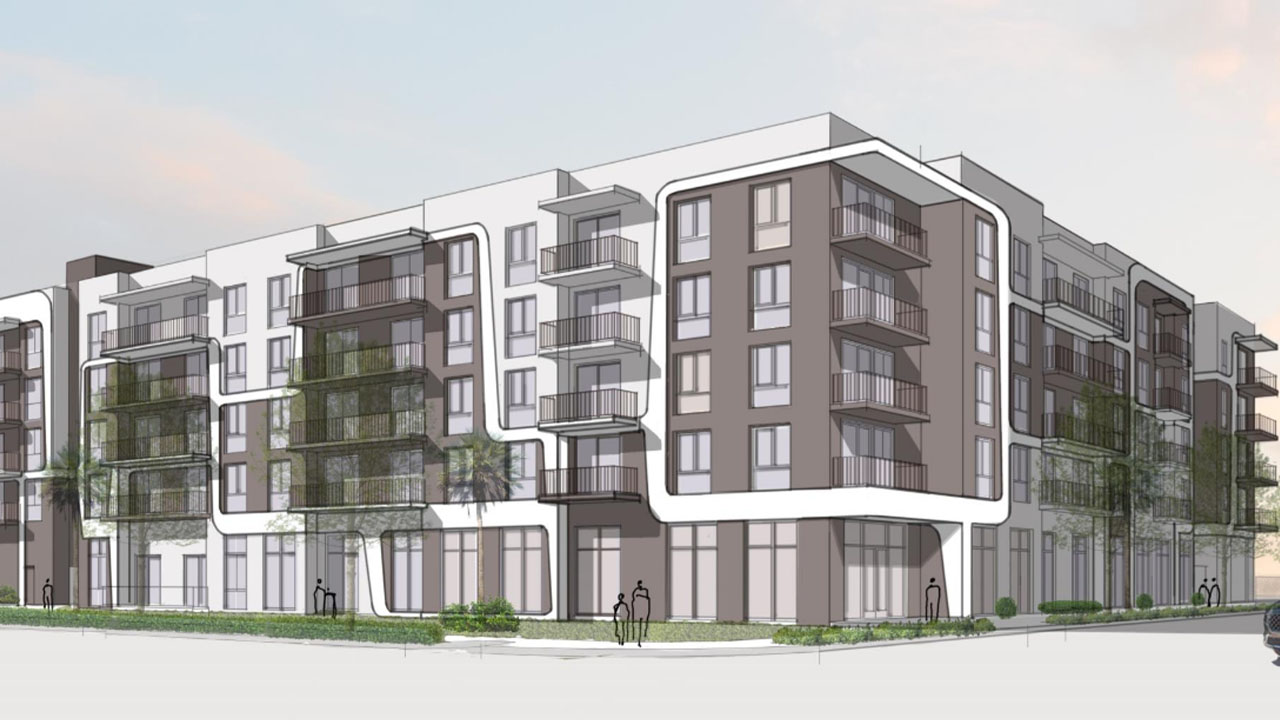As the director of product development and innovation at Miami-based AHS Residential, Selma Rabelo has a unique perspective on the South Florida home market. Rather than catering to the mansion set, the Miami-based firm sets its sites on those seeking high-quality, conveniently located apartments that are affordable on an income of about $65,000 per year.
AHS built and currently operates 11 communities with more than 2,500 units in Florida alone. And thanks to a cash infusion from Brazil’s largest homebuilder, MRV, it has plans to deliver over 5,000 units annually by 2024 in the Sunshine State and beyond. SFBW asked Rabelo about the secret to AHS’s success in a real estate market where nothing seems unexplored.
What differentiates AHS Residential from other Florida homebuilders?
I started in this company in 2016 implementing a construction system that is new here in the [United States], a concrete wall system that allows the company to build faster and scale up more units. It’s a concrete-aluminum system where we put the forms in place and then pour everything in one shot. Every two days we pour four units. Then we strip the forms, move to the other side, and pour another four units. In two months, we have the whole shell of the building done. Usually in the industry we see builders take 16 to 18 months. We take around 11 months and we’re going to shorten this time in the future. Our shareholders in Brazil, MRV, have been building with this system for more than 15 years now.
Why is the United States behind on using a system like this?
I feel that the American market is more traditional. They are more comfortable with their system. In markets like Brazil, we need to be more efficient to survive. We are always looking for something new, implementing new things. That’s more from the need to look for something. Here, I feel that the market’s more comfortable with their standards.
How can you streamline the construction process even further?
With modular pieces. We have a prefab bathroom that we just implemented here in Florida. And we are going now to implement more prefab, modular pieces. We are going the direction to implement a modular kitchen, modular AC closet, modular closets, modular walls. So we’ll just bring the bathroom ready to go. We connect to the power, the water, the sanitation line. It even comes with the mirror.
Does it cost more to build faster?
It costs more when we have to use offsite-manufactured pieces, but the point here is the time. We are rental communities. To see the results, we need to put these in a whole timeline. If I can have people moving in in eight months instead of 16 months, it makes sense. If I have to build the bathroom, it’s going to cost maybe $6,000. If you have it made offsite, it’s maybe $10,000. But what is the time you’re going to be saving in this process? We have a lot of inspections. We control quality as well because all those pieces are pre-inspected at the manufacturers and come ready to plug and play. The whole equation makes sense.
What projects do you have going up in Florida now?
We have a project in Miami Gardens called Oak Enclave. We broke ground at the end of 2020. There are 420 units there. We have five six-story buildings with all the amenities, and we are moving fast with the concrete-wall system. This is the project where we’re implementing the modular bathrooms. It should be finished by the end of the year. We just finished a project in Tamiami close to the airport. We are renting this community right now. In Port St. Lucie, we have a community we are building that will be finished at the end of this year as well, and another in Stuart, in Martin County.
How is your company addressing the housing crisis?
In between the affordable and high-end market are people who are struggling to get a place to live. They’re working as teachers, police officers and small business owners, and they can’t afford to pay $3,000 on a rental. We are looking for opportunities to provide to this population where they can pay rents that start at around $1,300 a month. We’re looking at the great metropolitan areas because there is huge demand.



